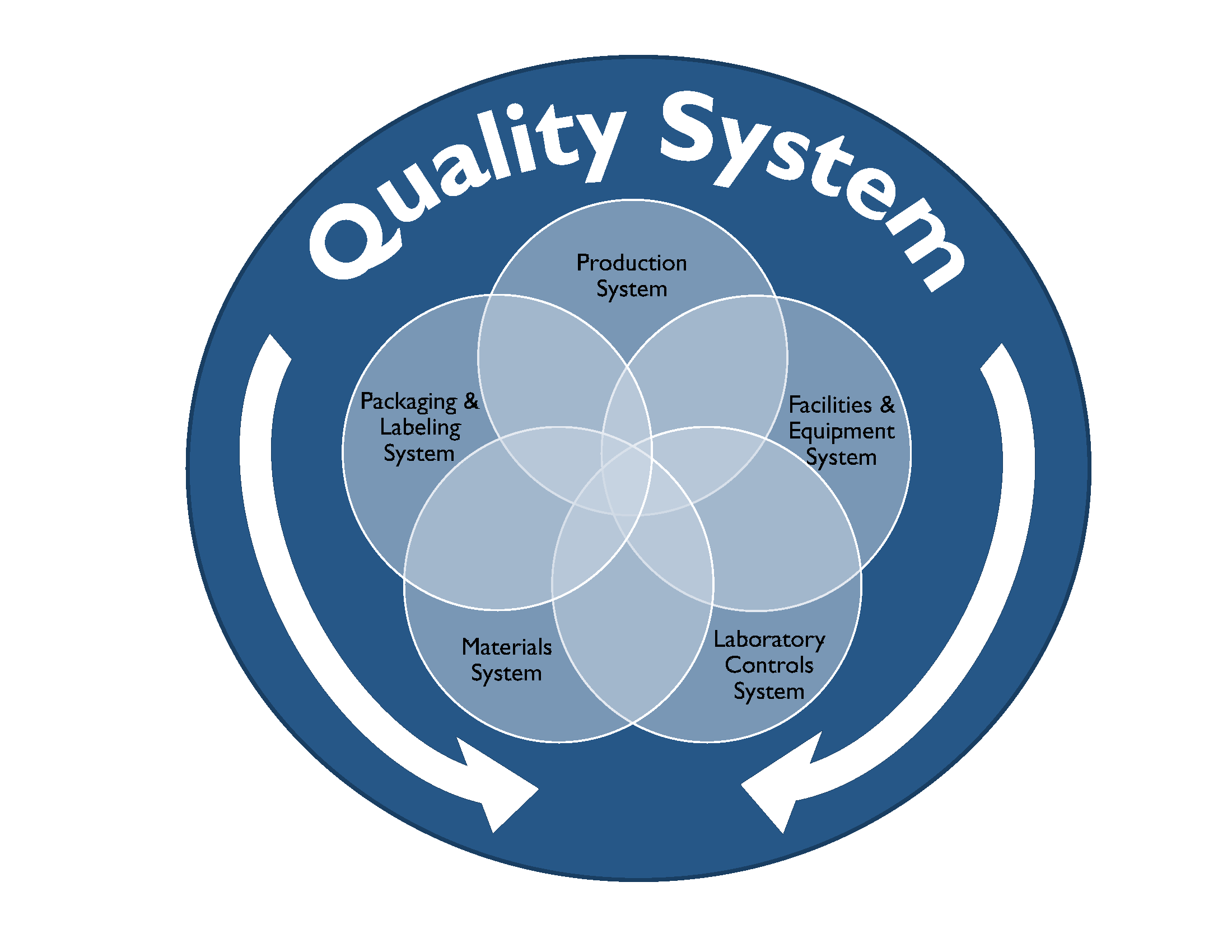October 16, 2018
October 16, 2018
New rules, old facilities. How do these two meet? Is it a big black hole or is there light at the end of the tunnel?
When you work in an older facility, you are probably acquainted with one-liners like:
“We have been doing it for years, how can this be wrong”, “never change a winning concept”, “the Agencies approved this before, they cannot suddenly disapprove it”.
Maybe you already faced an inspection, resulting in observations due to aging facilities, processes, or procedures. There are also a couple of other influencers to aging facilities. First, governmental legislation can change. Second, industry advancements and developments can also alter what is considered state-of-the art. This evolution takes place faster than your facilities do. You’ve probably already experienced that the ‘c’ in the cGMP status needs to be brought back into your facility, processes, or procedures and it appears to be a big hurdle to overcome.
Quality Risk Management
With recent changes in legislation, the term “Quality Risk Management” (QRM) was introduced. Therefore, every Inspector takes QRM into account during inspections, as they should, because they are looking for evidence that their trust in you is valid. A good understanding of your processes enables you to base your quality-related decisions on solid risk assessments, which is usually beneficial regarding the outcome of an inspection.
Should you also apply this approach in regard to older facilities? Should you bother assessing the risks of a facility that you know by heart? Yes, you should! Not just to please the inspector, but because it is a useful instrument to assess if your aging facility is in compliance with the current GMP.
Use QRM to answer the question “Is my facility still suitable to my current activities?” How do you start? How do you organize a process like this? The best approach is to take it step by step. Take the time to learn, take the time to assess. Use the knowledge available across your organization, as it is one of your biggest assets. Most likely many risks have already been assessed, but you just never realized, nor documented it. You will definitely face hurdles, but also know they can be overcome.
Potential hurdles to bringing back the “c” in cGMP – don’t let them scare you
Bad archiving practices (in the past and present) of both paper-based and electronic information are major bottlenecks to keep the “c” in cGMP. Staff changes mean that some knowledge gets lost and this is usually regarding process history and where to find available information. The archiving bottlenecks can become enormous in these cases, trying to find information in old archives. But that shouldn’t keep you from accomplishing your goals, every outdated facility is facing similar issues.
Identification of gaps and opportunities
First of all, you need to assess your current gaps against cGMP. Ask yourself “What is required for my current activity?”, “What control mechanisms do I have in my process?” Use QRM to assess the gaps in your facility’s design and its clean-ability. Bring in a pair of ‘fresh eyes’ during the assessment, take a step back and dare to re-assess why you do it the way you do. During this process, unnecessary practices may become known. It’s possible that time-consuming activities can be replaced by more efficient practices or can become obsolete altogether. Maybe you can shorten process times because you realize that you overdo your controls. You will certainly gain some opportunities from these assessments. You may lose some opportunities, but you will definitely learn things that went unnoticed before.
Define potential risks and wins
First, translate gaps into risks. Quantify problems, issues, and potential risks. Include, amongst others, the qualified status of equipment, process robustness, knowledge from e.g. deviations, maintenance records, periodic equipment and utility reviews, environmental monitoring program, and results. But please also, document why certain gaps are no risk at all!
Translate opportunities into wins. In lean six sigma terms, define the waste!
Analysis of identified risks
Second, use QRM to apply lean six sigma techniques and identify what you really need to do to run your current activities. Define what is causing the biggest problems and wins, rank potential risks and wins in order to focus on the right points. Dare to break with traditions.
Risk Mitigation
Third, come up with a plan to get back into compliance. Even though GMP’s have changed over the years, the fundamental principles have not. Outdated facilities are mostly engineered and commissioned using common sense, but rationales have not always been properly documented. Based on the outcome of your assessments, you can define your risk mitigation actions and this forms the rationale of what to repair or redo.
Set a realistic horizon. Document your thoughts and doings. Make sure you do what is needed and don’t overdo. Also, don’t be afraid to discuss your findings and plan with your inspectorate. Showing progress and willingness to improve can increase the understanding of your current situation.
Considerations
Legislation changes, though not as fast as it sometimes seems, because it follows the industry. Best practices are gathered over time and form a new baseline. Quality Risk Management is not something new and fancy, but an instrument, applied for ages, just not always formally documented. Make the change and assess your facilities with risk management principles and start to focus on repairs. There is a light at the end of the tunnel! This is the moment to diminish waste, lower costs, enhance process robustness, and stay compliant.
The above exemplifies the risks involved with an aging facility. When assessed with the right knowledge of legislation, inspections, and manufacturing, these risks can be remediated with a lean six sigma focus, observations can be prevented, and the ‘c’ can be brought back into your GMP status.
TAGS: Compliance

July 16, 2014
Compounding is a practice in which a licensed pharmacist, a licensed physician, or, in the case of an outsourcing facility, a person under the supervision of a licensed pharmacist, combines, mixes,...

June 8, 2016
As Phase I clinical trials mark the first time that an investigational new drug is administered to humans, these studies are subject to appropriate current Good Manufacturing Practices (cGMP) in...